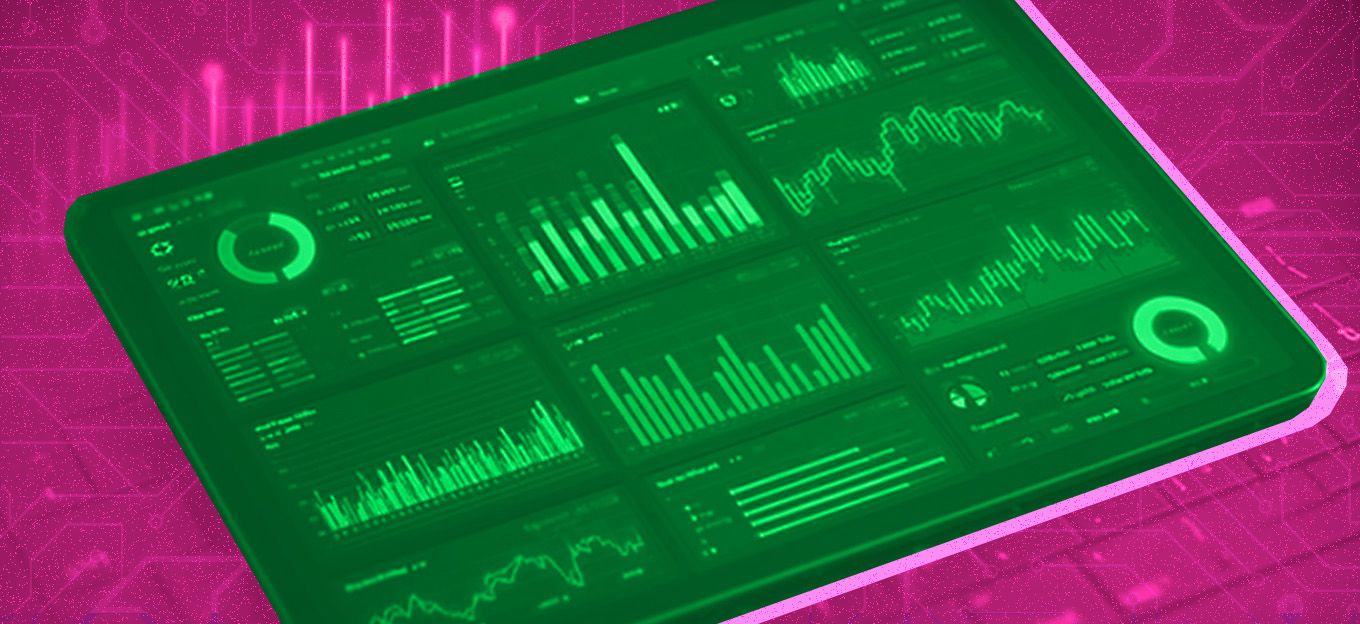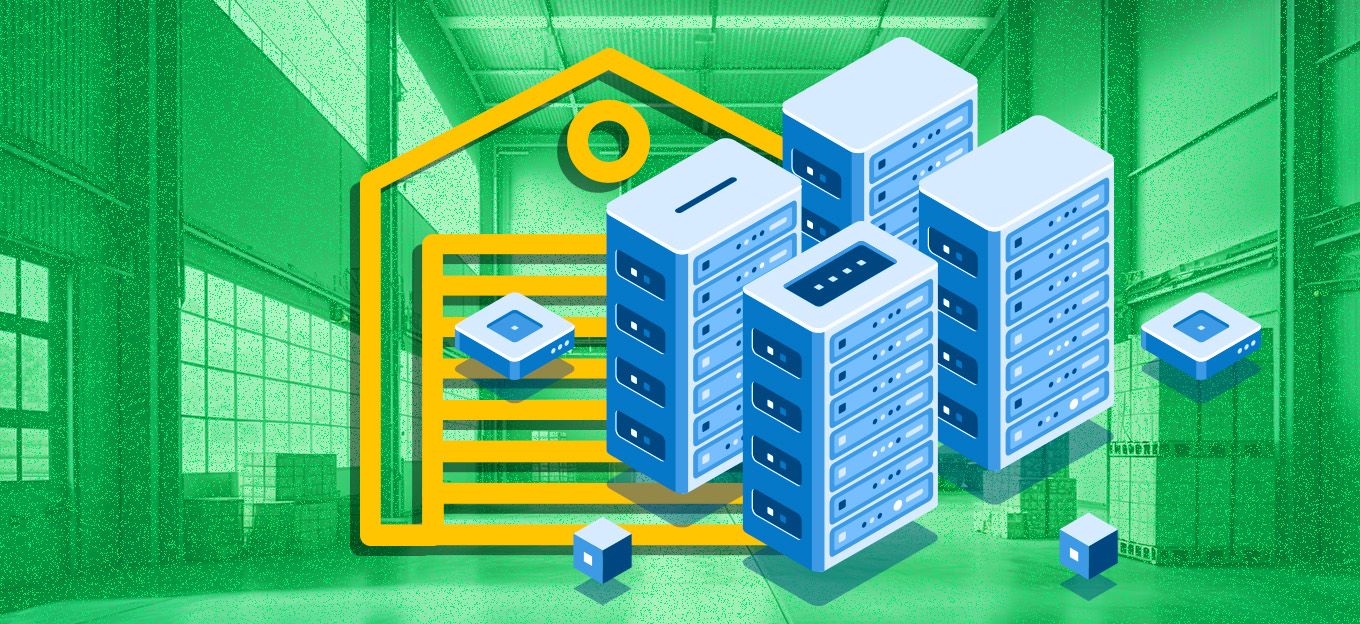Facial Analysis: Facial Recognition’s Unknown Brother
Facial Analysis: Facial Recognition’s Unknown Brother
- Last Updated: December 2, 2024
Mary Lim
- Last Updated: December 2, 2024



Facial Recognition is like the all-star jock who got into Harvard, graduated with honors, and is now married to his high school sweetheart with two kids and a golden retriever. Facial Analysis is his brother.
Who?
Exactly.
Facial Recognition (FR) receives all the limelight, while Facial Analysis (FA) lives in his brother’s shadow. What no one knows is that FA is just as powerful and successful; he’s just humble.
While we all know about the benefits and challenges of facial recognition, few talk about the ways facial analysis can be used to measure sentiment and improve customer experiences.
Here are 3 positive ways you can implement FA in your business. It is finally your time to shine, brother.
1. Prove Return-On-Investment (ROI)
2. Optimize Customer Experiences
3. Improve Operations and Safety
Prove Return-on-Investment (ROI)
Marketing agencies have clients. They want to keep their clients. They need hard data to show that the $300,000 branded shipping container was worth it. They can currently rely on product sales, social media engagement, and post-event surveys (that no one fills out). However, even these metrics do not provide the full story.
Social media engagement is typically measured using hashtags and mentions. FA steps up to the stand.
With the right partner, marketing agencies can automatically track a crowd’s sentiment, demographics, foot traffic, and a variety of other metrics. Install a camera to detect faces, analyze micro-expressions, and report the aggregate statistics to an interactive dashboard.
Because FA does not identify who people are (unlike FR), there is no privacy invasion or risk of data theft. Aggregate statistics are safe statistics.
Optimize Customer Experiences
The metrics mentioned above also come in handy for retail spaces.
Foot traffic is used to map out popular locations within a store or mall. Sentiment and demographics data is wildly useful for understanding target audiences, creating more inclusive marketing, and accurately measuring customer satisfaction.
Imagine you had enough work from home and decided to trek to your local café. When you arrive, it’s louder than usual, the lines are long, and all the tables are taken. Not the best experience.
Now, what if the café could map out foot traffic and happiness scores throughout the day? The next time you arrive, you see that they’ve added more tables, so there is plenty of seating, and they even installed a separate pickup window to reduce the size of the lines. Much better.
Improve Operations and Safety
In our new norm, businesses need to take extra precautions to keep their employees and customers safe. FA steps in to automatically keep track of occupancy levels and monitor social distancing.
Warehouses or distribution centers may use this information to improve processes and protect the well-being of their employees. Offices and co-working spaces can also understand what spaces are being underutilized and adjust accordingly.
In conclusion, it’s time for FA to come to the forefront. Businesses should be equipped with the data they need without ever sacrificing the privacy of their customers. We’ve all heard the horror stories — but it doesn’t have to be this way.
By no means is this list exhaustive, it’s simply a starting point. Next time you hear all the buzz around FR, don’t forget to think about his brother.
The Most Comprehensive IoT Newsletter for Enterprises
Showcasing the highest-quality content, resources, news, and insights from the world of the Internet of Things. Subscribe to remain informed and up-to-date.
New Podcast Episode

Moving Past the Pilot Phase in IoT and AI
Related Articles





